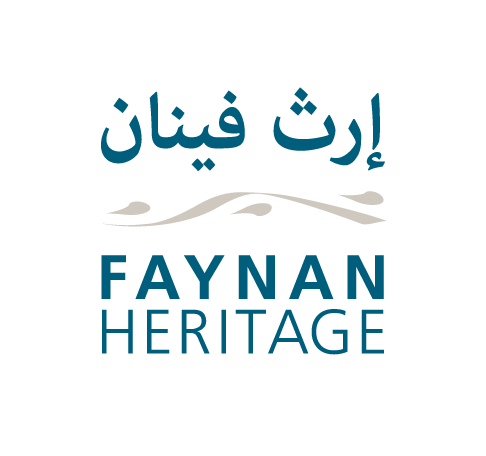The Islamic and Ottoman periods
Pastoralism and a resurgence of copper production (AD 668 –1918)
In the first half of the 7th century, the Wadi Araba and associated area became the first Byzantine territory to fall under Muslim control, initially under the Umayyad dynasty. Phaino continued to decline, perhaps accelerated by a reduction in pilgrimage to the area, although Christianity continued as a major religion under the protection of the Umayyads. A courtyard structure at the top of the Khirbat Faynan may have served as a Khan – a meeting place providing hospitality for travelers. A Roman caravanserai at Khirbat Hamra Ifdan also appears to have continued in use. Faynan was gradually marginalised as trade routes moved to the plateau, leaving the landscape primarily to pastoralists who made use of the Roman field systems, until a new phase of copper working began in the Middle Islamic period.
The crusaders, although present in the wider region with castles at Showbak and Petra, seem to have had no interest in Faynan. As the crusader states came to an end, a boycott of trade from Europe to the Muslim Middle East provided a new impetus for copper production. The Mamluks, who ruled from Syria to Egypt between AD 1250 and 1517, pushed the last crusaders from the Levant and stopped the Mongol invasions. They rebuilt Showbak castle, established a sugar factory at Ghawr as-Safi, and their presence in Faynan is evident from concentrations of pottery found at Khirbat Faynan and the Nabataean fortress of Tell al-Mirad. With new technology, they resumed copper smelting, reprocessing the slag heaps from earlier periods and re-opened some mines. The presence of fine glazed pottery suggests that copper working was organized by the state, rather than by local pastoralists. The sugar industry may have created a new demand for local copper to make their large cauldrons for boiling and refining the sugar.
Once the slag had been reprocessed and the last copper extracted, interest in Faynan again declined. The Ottomans, whose empire expanded across the Levant in the 16th century, never seem to have been active in Faynan, although their forts line the Hajj route from Damascus to Mecca on the plateau. When the Hajj railway was built, the Ottomans constructed branch lines into the forests around Showbak to extract the last of the timber, but Faynan was left to the pastoralists.
